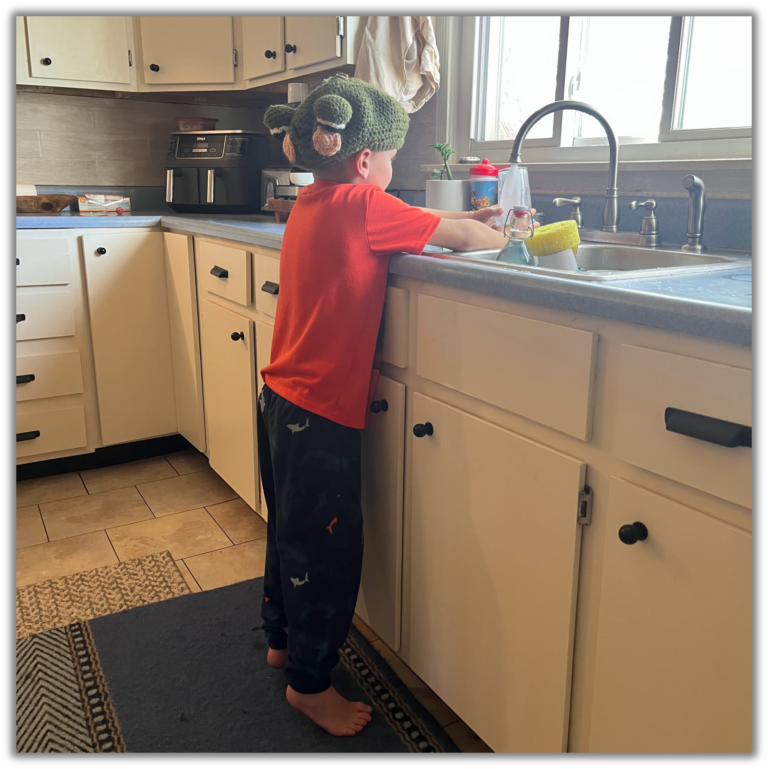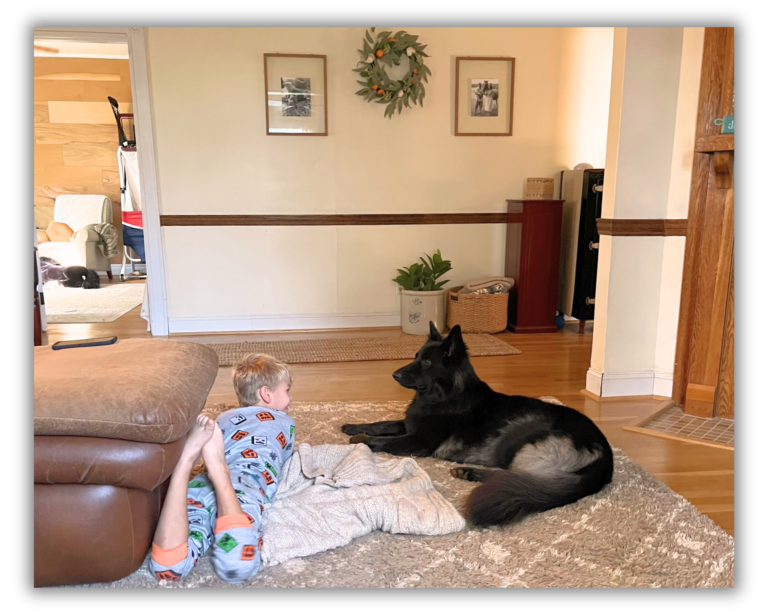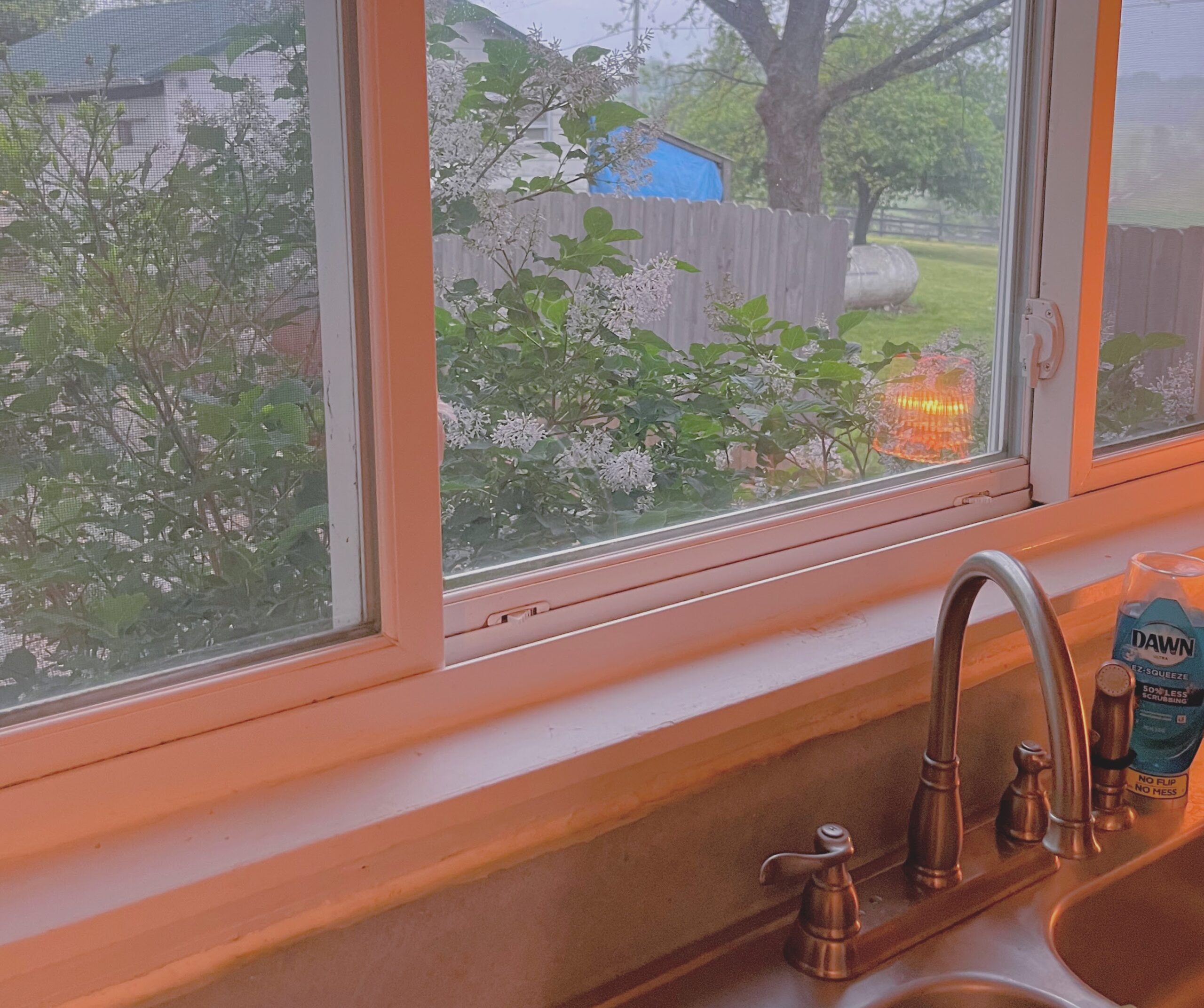1. If the Routine Isn't Working, Abandon It
News Fa-lash! You don’t have to stick to a rigid system to be functional! Routines may feel like life-hacks, but they can really keep you stuck. I know disciplined routines are what we all see on those put together social media posts, or maybe grew up believing was the trademark of good “adulting.” But really, strick put together routines don’t work for a lot of us. And your inability to keep up with the perfect routine should not control your ability to feel like you have it together.
So, Instead of setting up routines that sound good on paper, or feel like they should work for you because they seem to work for everyone else, find the moments when things are easiest for you.
For example, I used to tell myself I’d take out the trash every night. This would be my routine! But at night I’m too exhausted—and then I spiral into shame when it doesn’t get done. Such an easy task! Take out the trash every night! Why can’t I make that small thing work! And so on and so on. So I started doing it when it’s easiest, which for me is: right when I get home. My shoes are already on, I’m already putting things away (my bags, groceries from a last minute trip to the store)—it’s the perfect window. And it flows naturally with what I’m already doing.
That’s the trick: look for your natural “easy windows.”
-
- Best time to clean the shower? While you’re in it.
-
- Best time to declutter? When you bring in something new, take out the old with the now empty bag or box your new thing came in.
When you stop fighting your brain and start flowing with it, things get easier.
2. Eliminate the Extra Steps
If you struggle with executive function, it’s rarely motivation—it’s barriers.
Remove every unnecessary step you can. Heres a few barrier removing life hacks:
-
- Keep Dawn Powerwash and a scrub brush in the shower.
-
- Leave slide on shoes by the door for trash runs.
-
- Scatter baby wipes or microfiber cloths throughout your house so cleaning happens when you see the mess—not when you finally “plan” to clean.
-
- After you put away the new groceries, fill the now empty grocery bags with any old food that needs to go.
Even with creative work, this helps. I don’t plan writing sessions at my computer. I write on my phone, in the Notes app, whenever inspiration hits.
Ask yourself:


3. Identify the Sensory Needs
Sometimes, what looks like a motivation problem is actually a sensory problem.
It took me years to realize I didn’t hate washing my hair because I was “lazy.” I hated washing my hair becuase I hated the feeling of wet hair on my skin.
Once I used microfiber towels to keep it off my neck and back, and allowed myself to wash my hair then relax in a bath while I somewhat dried instead of rushing a shower, it got easier.
The same principle applies to your environment and clothes:
-
- Comfy lounge clothes that feel good make it easier to play with my kid. (Bonus, sipping on a hot cup of coffee during play time – Ember mugs are expensive but worth it for me to keep my coffee warm!)
-
- A cozy, sensory-safe space makes me want to engage. (Redecorating isn’t frivolous—it’s functional. Our spaces are extensions of our senses)
-
- Cleaning supplies that feel good to hold and work with (microfiber clothes can be so uncomfortable for me, but old socks feel great and are easier to keep up with and keep my hands free from cleaning products)
Sometimes what looks like procrastination is really just your brain avoiding discomfort.

My ember mug featuring my fav Matcha. I bring this thing everywhere. If you’re interested you can check it out at the link below.
https://amzn.to/3Jk4q4v
– As an Amazon associate, I earn commission from qualifying purchases
Build Sensory Cues Into Your Routines
Our brains love associations.
Use sensory cues—like changing clothes—to signal mode changes:
-
- Soft lounge clothes = chill mom mode (I avoid parenting in my pajamas because . . .)
-
- Pajamas = sleep mode
-
- Cup of Coffee = get-it-done mode
Each cue strengthens the neural “pathways” in your brain—just like water running through gutters. The more often you repeat the cue, the stronger the connection becomes. Use your neural pathways as life hacks.
“Neurons that fire together wire together.”
You can use that to your advantage.
5. Don't Start What You Struggle to Stop
If you know executive function is a struggle, don’t tempt fate.
I don’t open my scrolling apps during the day—especially not around my kid.
When I do, every interruption feels like nails on a chalkboard. But it’s not my kid that’s the problem—it’s the attention switch.
My brain can’t easily stop, so it reacts with irritability.
But silence is also a problem for me. So when I’m working I use twitch co-work streams with lo-fi or chill playlists to body double and hit my auditory sensory needs.
When I’m parenting I’ll often play british television or PBS in the background. That way I’m lightly engaged without being hijacked.
Forget what the “perfect parent” narrative says — I know having the “telle” run in the background isn’t encouraged, but honestly, what’s better:
a calm, sensory-needs-met mom with a British baking show on, or an over or understimmulated mom triggered by her kid’s need for attention?

6. Plan Your Doom Scroll
Here’s one of my favorite life hacks, especially if you have a perfectionist or OCD-leaning brain.
I give myself one hour a day where I don’t have to follow any of my rules. No cleaning systems. No “shoulds.” No structure.
Just existing.
If I call it my 90-10 rule—90% function, 10% chaos—it keeps me from either burning out or giving up completely. The world won’t stop if I take 10% of my time to let go.
Sometimes letting go on purpose gives you back more control.
Final Thoughts
If you’re neurodivergent or highly sensitive person, you don’t have to fix yourself to function.
You just have to work with your brain instead of against it.
Your needs aren’t flaws. They’re data.
And the more you honor them, the easier life—and self-compassion—becomes



